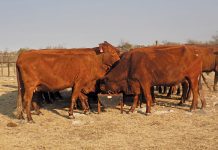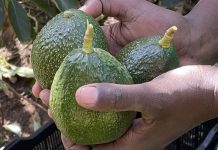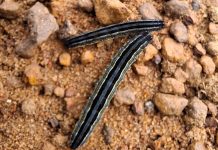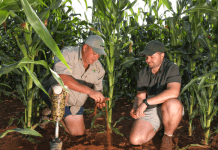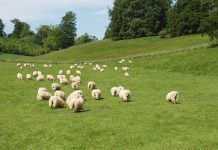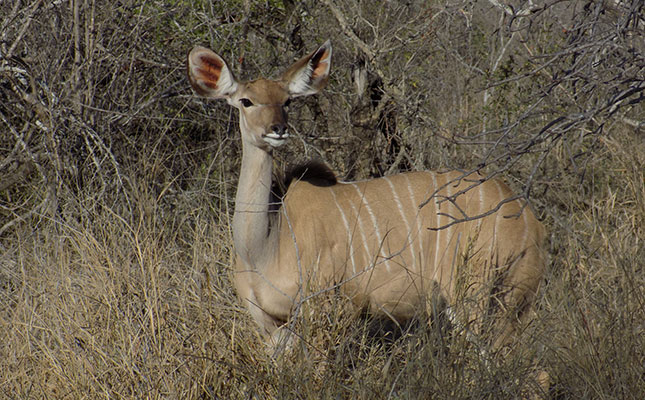
Photo: Annelie Coleman
This was according to Prof Peet van der Merwe of North-West University’s Tourism Research in Economics, Environs and Society Unit (TREES).
“I urge hunters not to try and circumvent the official rules. That could, in the long-run, have negative consequences, which could make it very difficult for the local hunting fraternity to continue hunting in Namibia.
“Hunting is an important source of additional and valuable income for the large majority of Namibian farmers, and must be regarded as such,” he added.
According to a recent statement by the Namibian Meat Board, any person visiting Namibia and wanting to transport meat back to their country of origin, including venison, were only allowed 25kg of meat/person for personal consumption.
This included a maximum of 10kg of biltong and dried wors, and both these products needed to be dry enough to be able to be “broken” into bits. This allowance was for persons older than 12 years of age, up to a maximum of four persons travelling in a group.
These regulations were applicable to all game hunted south of the Namibian Veterinary Cordon Fence. The veterinary cordon fence, also known as the redline, was a livestock disease control mechanism aimed at protecting Namibia’s beef exporting industry from such diseases.
According to Van der Merwe, virtually no biltong hunting took place in the Northern Communal Areas to the north of this fence.
A veterinary import permit was also required for the importation of more than 25kg of meat or 10kg of biltong and dried wors into South Africa, as this was not considered as being “for own use”, but rather for commercial use.
Persons planning to import between 25kg and 250kg of meat needed to obtain a South African veterinary import permit, as well as a veterinary certificate from the Namibian authorities.
For the importation of more than 250kg of meat, a commercial veterinary import permit was required, the statement said.
Van der Merwe said his research indicated that Namibia was a favourite destination for South African biltong hunters, with about 28 000 local hunters visiting that country per annum, prior to the COVID-19 pandemic.
He told Farmer’s Weekly that that most popular species hunted in South Africa’s neighbouring country were springbok, gemsbok and kudu.

